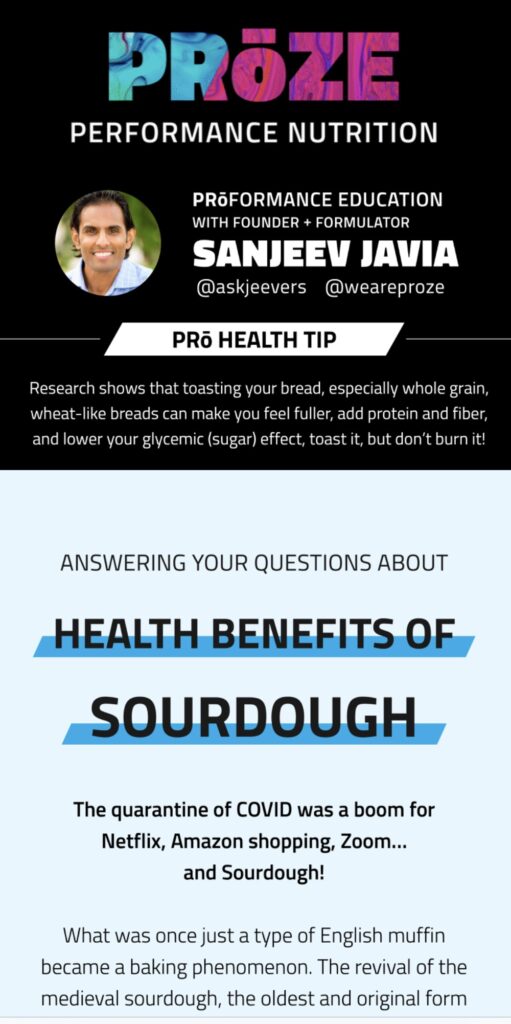Hearty, Healthy, and Whole!
From “The Grain Brain” to the low-carb craze, there is definitely a movement to push grains off our plates. But I’d be careful before doing so. Grains have their healthy place in all our diets. They’re rich in fiber, protein, and a whole host of nutrients like Iron, B Vitamins, Copper, Zinc, and the “miracle” magnesium. But choosing the right grain can be key, some of them contain nutrients that can hurt our gut, make it difficult for us to absorb certain nutrients, and for those of us who are intolerant, chronic inflammation. Here’s a helpful guide to healthy grains…
Q: Why do they say grains are unhealthy?
A: Many contain a protein called Gluten. For those of us sensitive or intolerant, gluten can be inflammatory to the gut and cause the lining of the gut to breakdown, resulting in issues such as IBS, leaky gut, and gastrointestinal discomfort. But they also contain anti-nutrients like phytates that bind to minerals making them harder to absorb, lectins that bind to starches/sugars which can then damage the gut, and if heavily processed, they can also raise blood sugar and insulin levels.
Q: Wow, so why even eat them?
A: That’s just part of the picture, the other side of grains is that when chosen and processed properly, they can be nutrient dense and packed with healthy protein, fiber, and minerals. There have been multiple studies that have shown that grains can lower cholesterol, remove waste through the digestive tract, prevent formation of clots, and protect against some cancers. Huge benefits when consumed properly.
Q: What’s the difference between Whole grains vs. Refined grains?
A: This is VERY critical to understand. 90% of the reason why grains become unhealthy is because they are overly refined. Whole grains offer the “complete package” of health benefits because all (3) parts are intact. Bran – fiber filled outer layer with B-vitamins/minerals, Endosperm – carbohydrate layer with protein/vitamins, and Germ – nutrient packed core with vitamins, antioxidants, healthy fats. But with the refined grains, all you get is the Endosperm, which is high in carbs, low in everything else.
Q: Which are your top 3 grains?
A: (1) Quinoa – not only contains the most protein of all grains, but its protein is “complete” (containing all 9 essential amino acids), also has 2x as much fiber, is rich in “miracle” magnesium, light tasting, easy to cook (2) Amaranth – easily digestible, only grain with Vitamin C and other antioxidants, long tradition of healing from various illnesses and diseases, (3) Buckwheat – highly fiberous, dense, and filling grain, contains many nutrients found in SuperFoods (rutin, tannins, catechins), high concentration of minerals
Q: What about Oats?
A: Everyone loves oats, but that’s because they were the first to be commercialized. Although you can purchase “gluten-free”, they are often processed in mills with gluten, also their seeds are exposed to gluten because they are grown next to wheat fields. And because they have been commercialized, their protein/seed structure has been altered, I don’t feel comfortable consuming too much of oats. They are great for a carbohydrate source, decent for fiber, but not much else. If I did eat them, they would be in their natural, bran intact form (not rolled or processed)
Q: Which grains are safely Gluten-Free?
A: Amaranth, Buckwheat, Brown/White/Wild Rice, Millet, Quinoa, Sorghum
Q: Which grains do you avoid?
A: Wheat, Barley, Rye, and Oats, due to their gluten content and hybridization.




